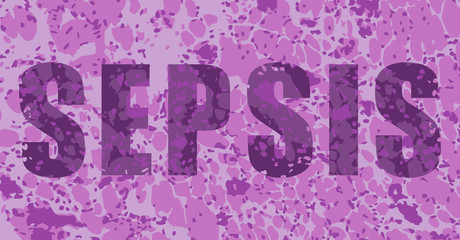Child sepsis deaths can be avoided

Children who have been hospitalised with sepsis have a 40% better chance of survival if treated appropriately within the first hour of detection.
While one in 10 children hospitalised with sepsis die, their chance of survival increases significantly if treated with a sepsis protocol within the critical first hour, according to a new study by the University of Pittsburgh School of Medicine.
The results, published in the Journal of the American Medical Association, support an initially controversial New York mandate established after 12-year-old Rory Staunton died from undiagnosed sepsis in 2012 following an infection from a scrape.
“No child should die from a treatable infection,” said senior author Dr Christopher Seymour, Associate Professor in Pitt’s Department of Critical Care Medicine. “This is the best evidence to date that prompt identification and treatment of suspected sepsis leads to better outcomes in children.”
Sepsis is a condition that arises when the body’s response to an infection injures its own tissues and organs. Children with sepsis deteriorate particularly quickly — looking relatively healthy one moment and needing life support within hours.
Rory’s Regulations require New York hospitals to follow protocols regarding sepsis treatment and submit data on compliance and outcomes. The hospitals can tailor how they implement the protocols, but must include a blood culture to test for infection, and administration of antibiotics and fluids within an hour to any child suspected of sepsis.
Seymour and his team analysed the outcomes of 1179 children with sepsis reported at 54 New York hospitals. The children had an average age of just over 7 years, and 44.5% were healthy before developing sepsis. A total of 139 patients died.
Completion of the sepsis protocol within one hour decreased the odds of death by 40%. When only parts of the protocol were completed within an hour — for example, giving fluids but not testing for infection or giving antibiotics — the patients did not fare better. The finding held only if the entire protocol was completed in an hour.
“It’s clear that completing the entire sepsis protocol within an hour is associated with lower mortality,” said lead author Dr Idris Evans, Assistant Professor in Pitt’s Department of Critical Care Medicine. “But the mechanism of benefit still requires more study. Does each element of the protocol contribute to specific biologic or physiologic changes that, when combined, improve outcomes? Or is it that completion within an hour may simply be an indication of greater awareness by doctors and nurses caring for the child? Or could it be something else entirely?”
The researchers note that testing the sepsis protocol in a future randomised clinical trial will be very difficult. Such work would require leaving off some protocol elements for some septic children but not others in a random fashion — a design which would not currently align with the standard of care. But if more states adopt rules and regulations similar to New York’s, and also mandate data reporting, future work could expand on these results.
$1bn vaccine and antivenom manufacturing facility opens
A $1 billion cell-based influenza vaccine and antivenom manufacturing facility has opened in...
National concussion clinical guidelines now available
The first Australia- and New Zealand-specific guidelines for all forms of concussion — from...
Doctors criticise "risky prescribing agenda"
The AMA and RACGP have expressed disappointment in the Pharmacy Board of Australia's...

![[New Zealand] Transform from Security Awareness to a Security Culture: A Vital Shift for SMB Healthcare — Webinar](https://d1v1e13ebw3o15.cloudfront.net/data/89856/wfmedia_thumb/..jpg)
![[Australia] Transform from Security Awareness to a Security Culture: A Vital Shift for SMB Healthcare — Webinar](https://d1v1e13ebw3o15.cloudfront.net/data/89855/wfmedia_thumb/..jpg)




